There are certain things which you should need to know about Migraine Pain in kids and teens.
If you’ve had a migraine before, you know just how debilitating they can be, and it’s horrible to watch your child go through this intense pain. While many people don’t get migraines until they are an adult, there are plenty of people who start getting them as children and continue to get them throughout their life.
Here’s what you need to know about migraines in kids and teens so that you can help your child through them.
1. Migraine Symptoms To Watch For
If your child has never had a migraine before, they may not actually know what these intense symptoms are. In fact, many adults don’t realize the difference between a headache and a migraine. It’s important for you as a parent to know the symptoms so you can help your child right when they start to happen. Here are the most common symptoms of migraines in kids.
- Intense head pain is the biggest symptom of a migraine. The pain you experience in a migraine is going to be much more intense than a typical headache, and it can make it hard to focus on virtually anything else while the pain is persisting.
- Auras and sensitivity to light are another defining feature of migraines. One of the defining features of a migraine is the presence of an aura, which is a flashing light or blind spot that persists in one or both eyes. This is accompanied by an intense sensitivity to bright lights.
- Nausea and vomiting are often present in the most intense migraines. The pain and sensory symptoms of a migraine are so intense that they can upset the stomach.
- Irritability and depression can also be present in children who experience frequent migraines. This is unsurprising since migraines can make it difficult to maintain a consistent routine.
2. What Causes Migraines in Kids
It’s very common for migraines to run in the family, so if you or your spouse get migraines, it’s important to keep an eye out for them in your child. There are also a variety of things that can trigger migraines in children. It’s important to know these triggers so that you can help your child prevent migraines.
- Stress is a big factor in migraines, even for young children. You might notice that your child is more likely to get a migraine on the day of a big test or if they are stressed out about friends.
- A lack of sleep can also trigger migraines for kids, just as they can in adults.
- Dehydration and poor nutrition are both common causes of migraines as well. Your child needs to make sure to eat enough, but also to avoid overeating junk food, which can also trigger a migraine.
- If you have a teenage girl, you might notice that she’s more prone to migraines around her period. This is because migraines are directly related to hormonal changes in the brain.
- If your child is straining their eyes to see the board or is spending too much time in front of a screen, they could get migraines from the excess stress they are putting on their eyes. If your child needs vision correction, make sure they have it available to them.
Read How Best to Manage Stress Despite Our Innate Fear of the Unknown
3. How To Manage Migraines At Home
It can be so frustrating to watch your child struggle with migraines, particularly if they get them frequently. However, there are things you can do to make their migraines more manageable. Here are some tips that parents can use to help their child’s migraines.
- Make sure your child carries a water bottle with them through school, sports practice, and even at home. Dehydration is such a big cause of migraines, so it’s important for your child to be able to drink as much water as they need throughout the day.
- Your child should also keep over-the-counter painkillers in their bag when they’re out. Instruct them carefully on how to take them if they do get a migraine. These painkillers are safe to take in appropriate doses and can reduce the uncomfortable sensations of pain that migraine sufferers have to deal with.
- When your child does get a migraine, have them take a nap in a dark room. Bright lights can exacerbate the uncomfortable sensations of a migraine, but being in a dark, quiet room gives the migraine a chance to calm down. Keep the noise in your house quiet to prevent the pain and sensitivity from worsening. Have your child take a break from electronic devices until the migraine has completely subsided.
- You can also use cold and heat therapy to help soothe your child’s migraines. The feeling of a cold compress on their head is going to be very relaxing as they are recovering from a migraine. Alternatively, they might benefit from a warm bath to help them relax their muscles.
- Make sure your child is getting enough sleep every night. Make their room as comfortable for them as possible, and if they have any underlying health problems that are preventing them from sleeping, be sure to talk to a doctor to get those sorted out.
- Communicate with your child’s teachers if they get migraines frequently. The teachers need to understand that migraines can limit productivity and be able to make adjustments accordingly for your child. As a parent, it’s also important to be understanding when your child can’t complete a task or participate in an activity because of the pain.
Read 6 Pressure Points That Will Cure A headache in Less Than 5 Minutes
Of course, if your child is getting migraines very frequently, it is important to talk to their pediatrician about it. They can help further narrow down the possible causes and help you come up with a plan of action to treat the migraine.
You should also be sure to take your child to the emergency room if they experience consistent vision loss, intense vomiting, or any other severe symptoms not listed here. These could be signs of a more serious issue, and even though it’s unlikely, it’s still important to have a doctor rule out the problem.
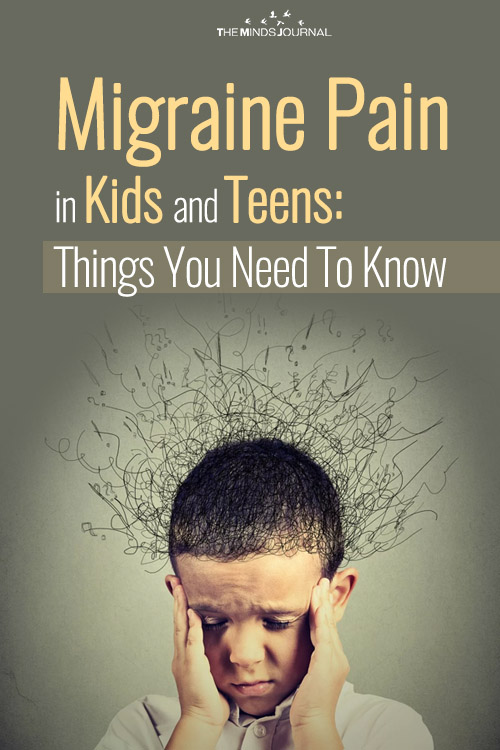
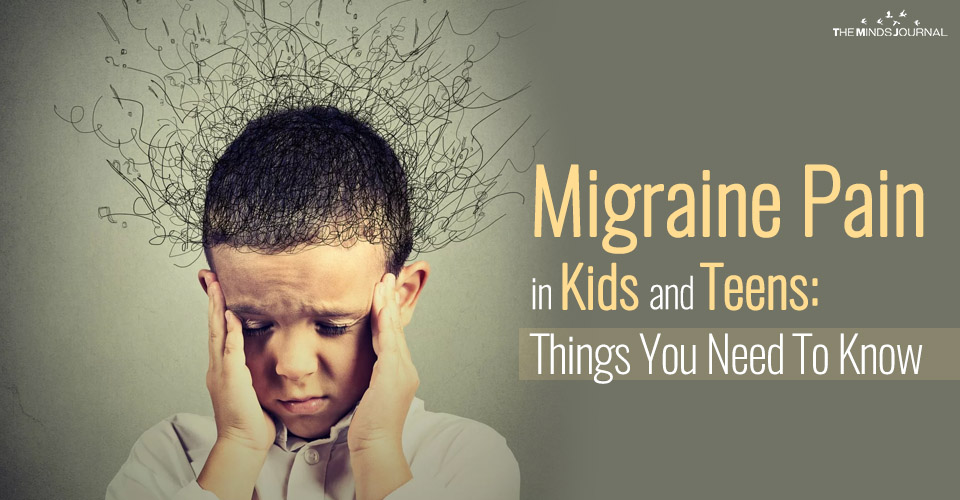
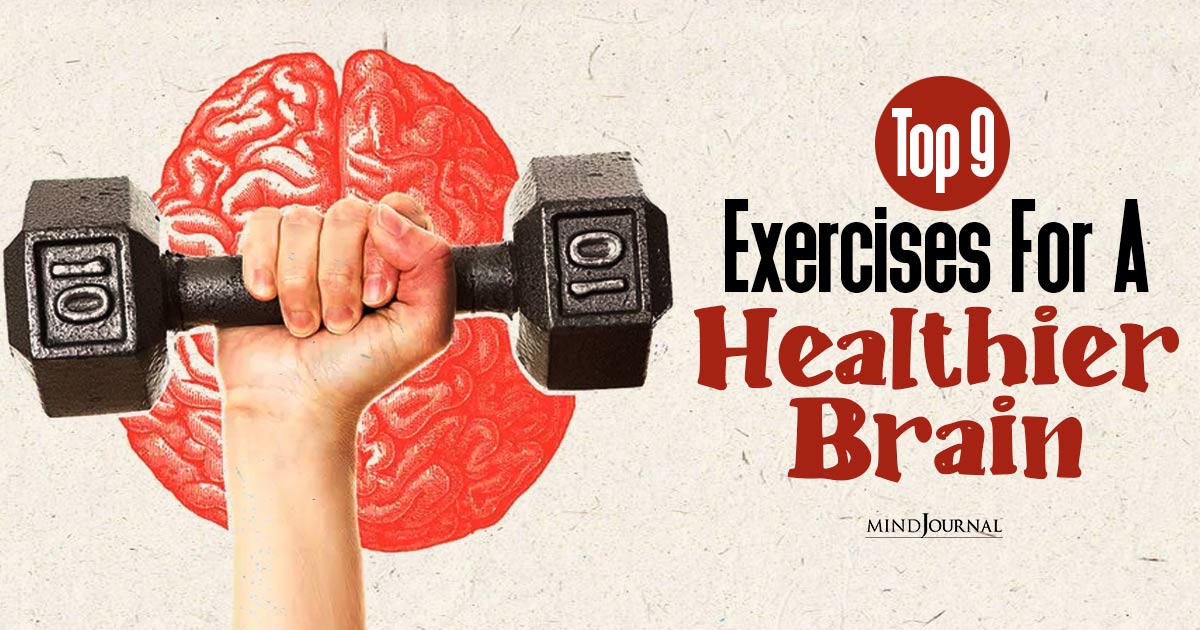

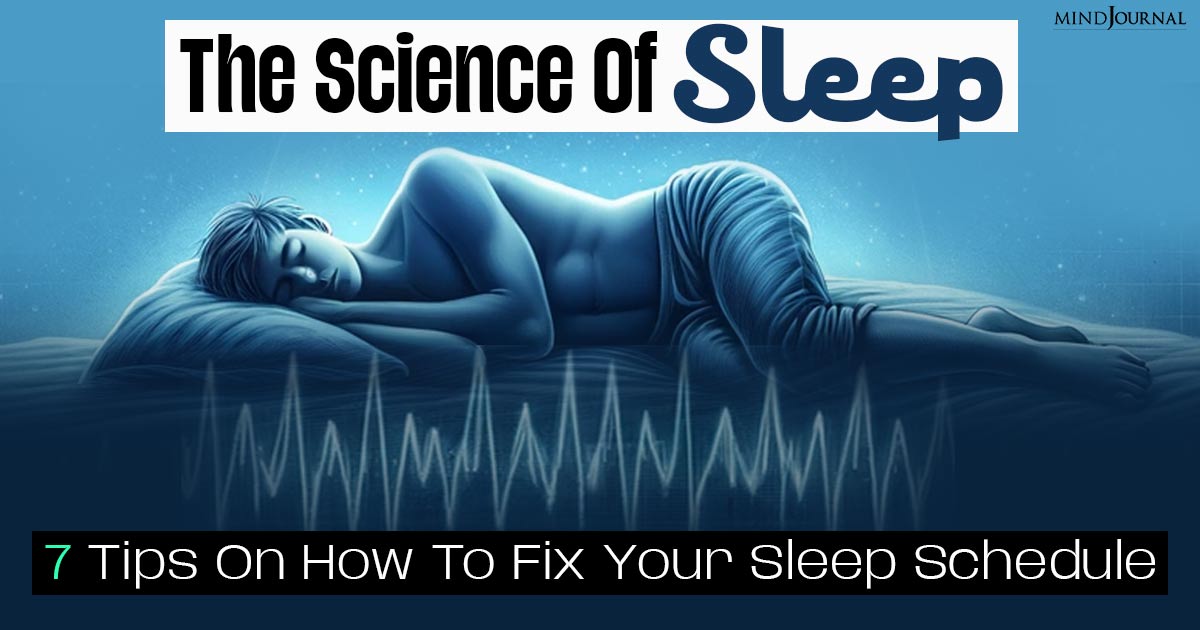
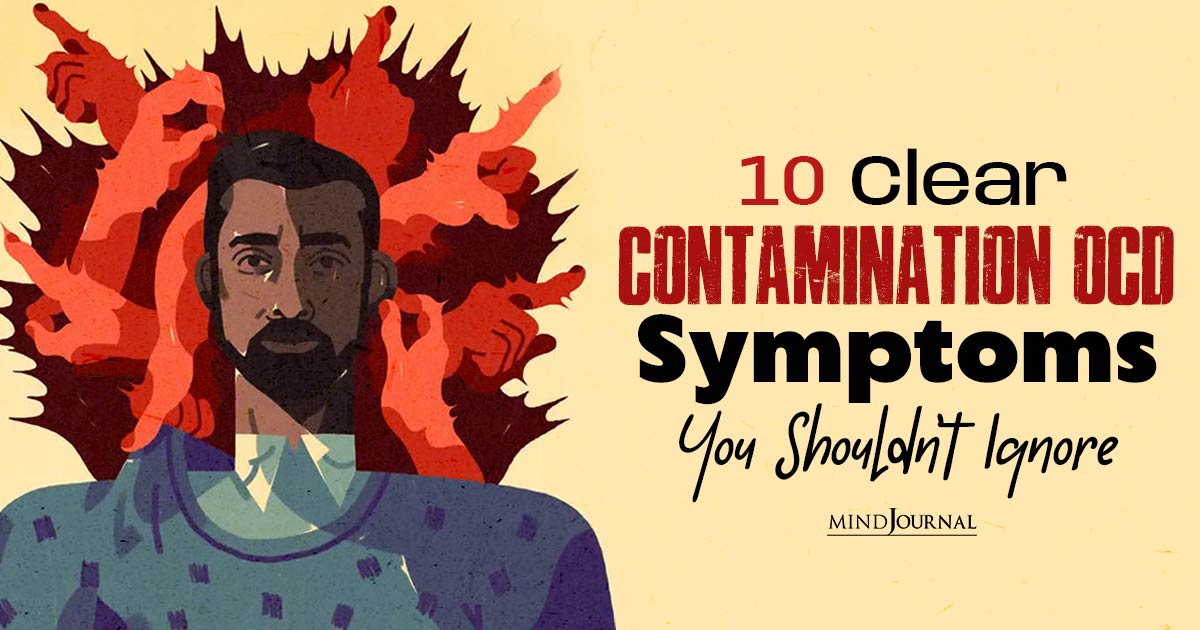

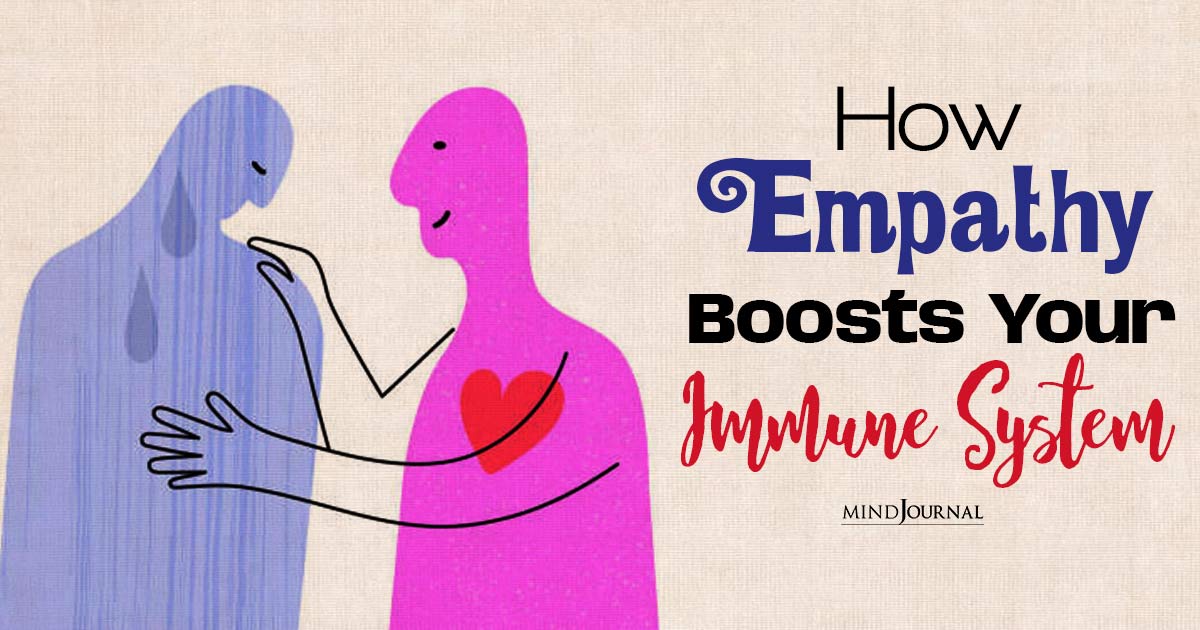
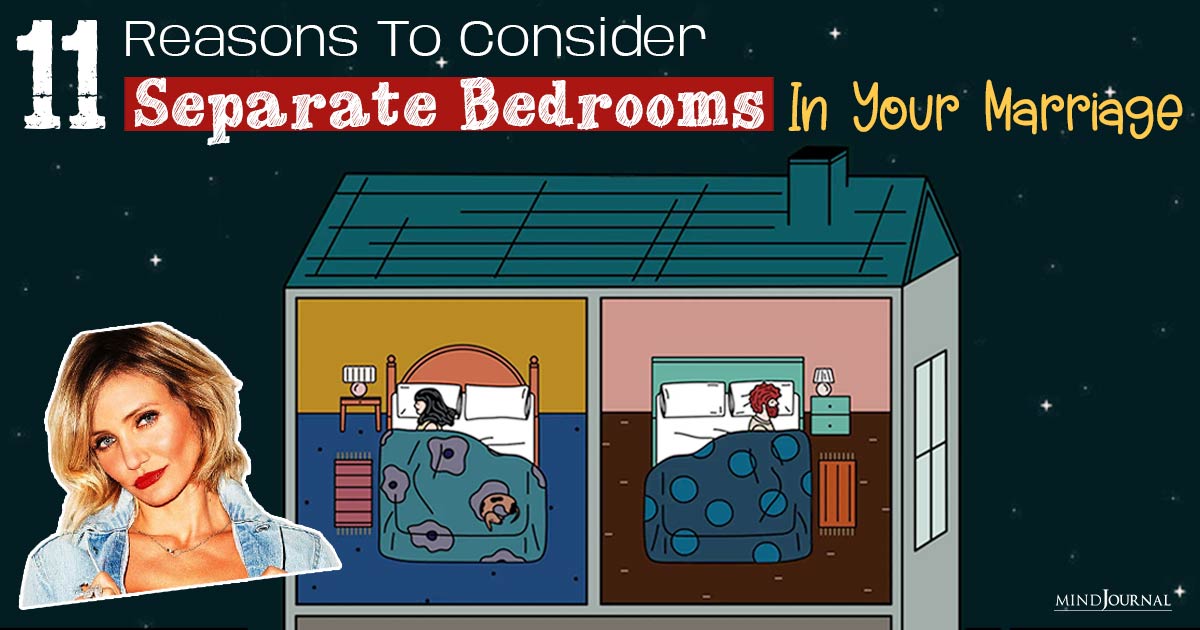
Leave a Reply
You must be logged in to post a comment.